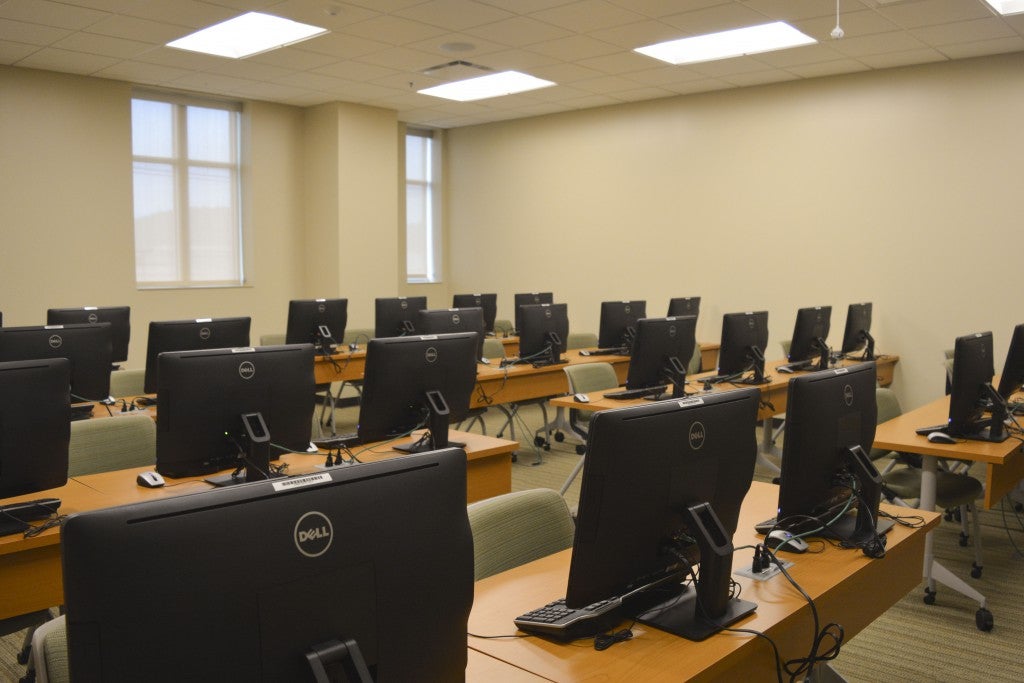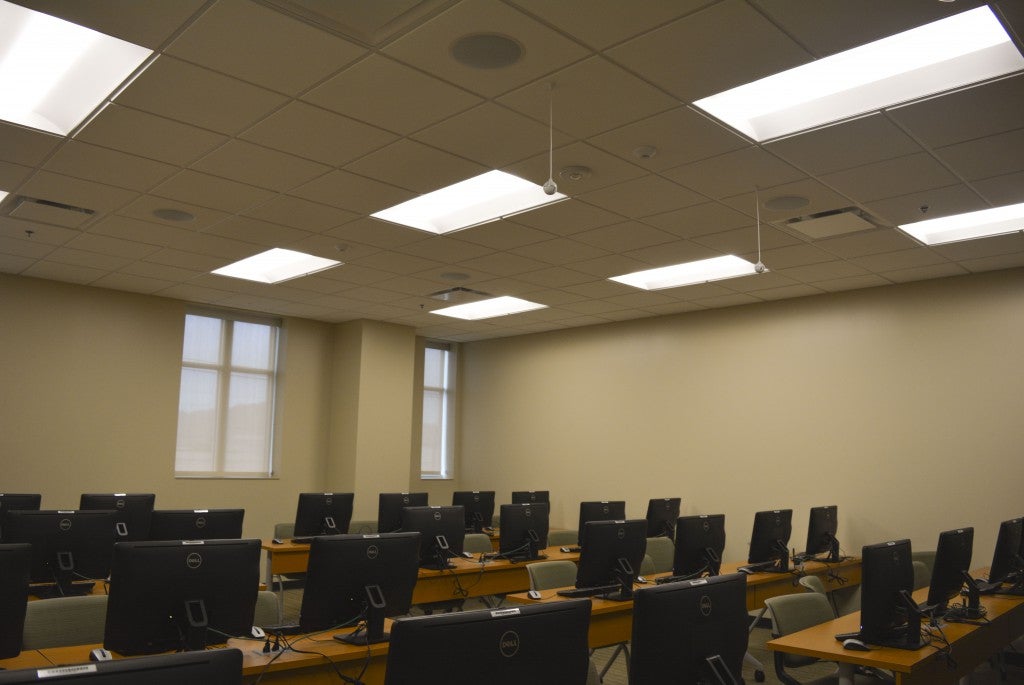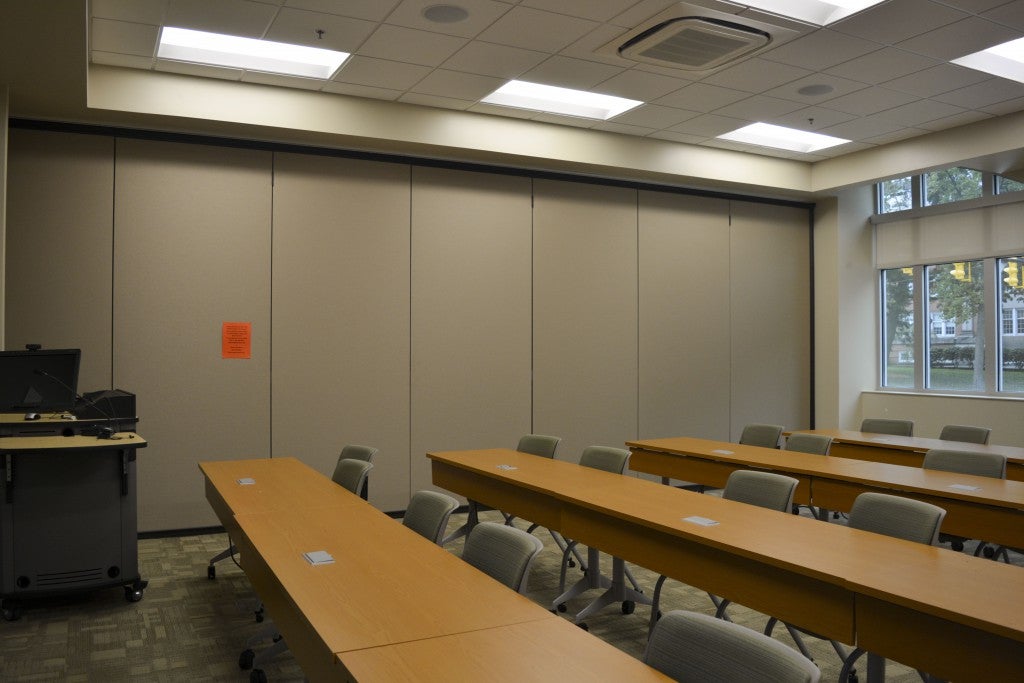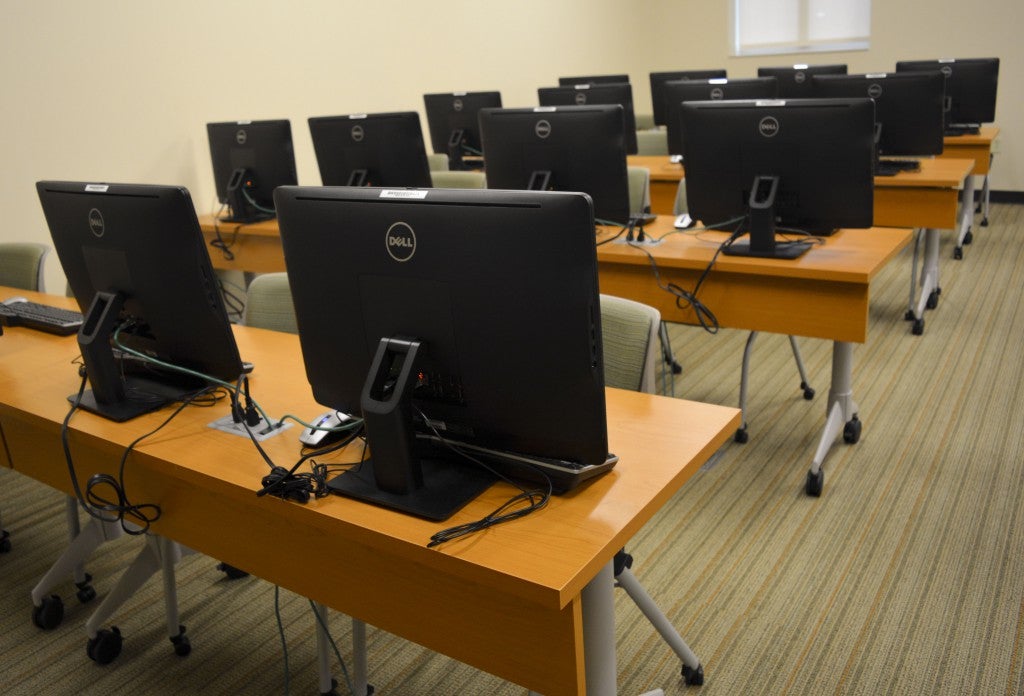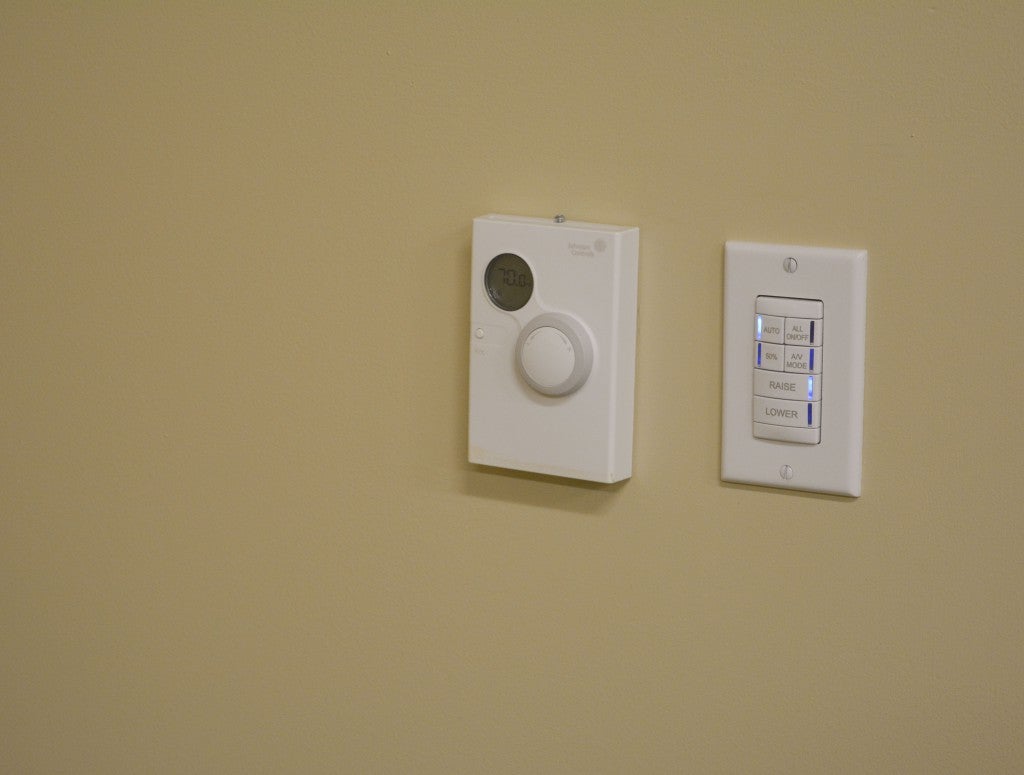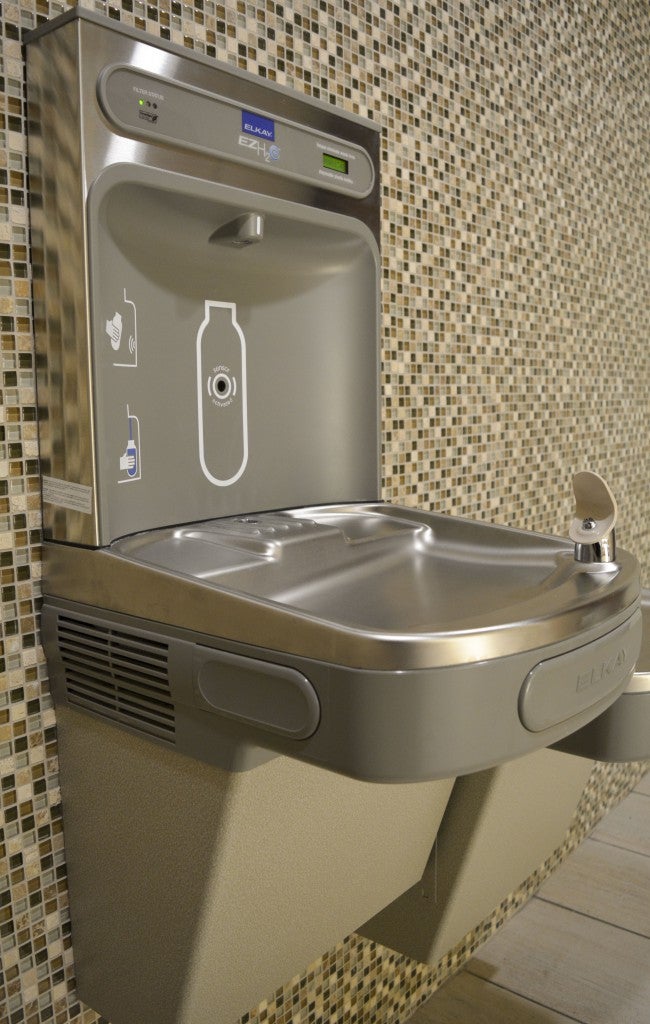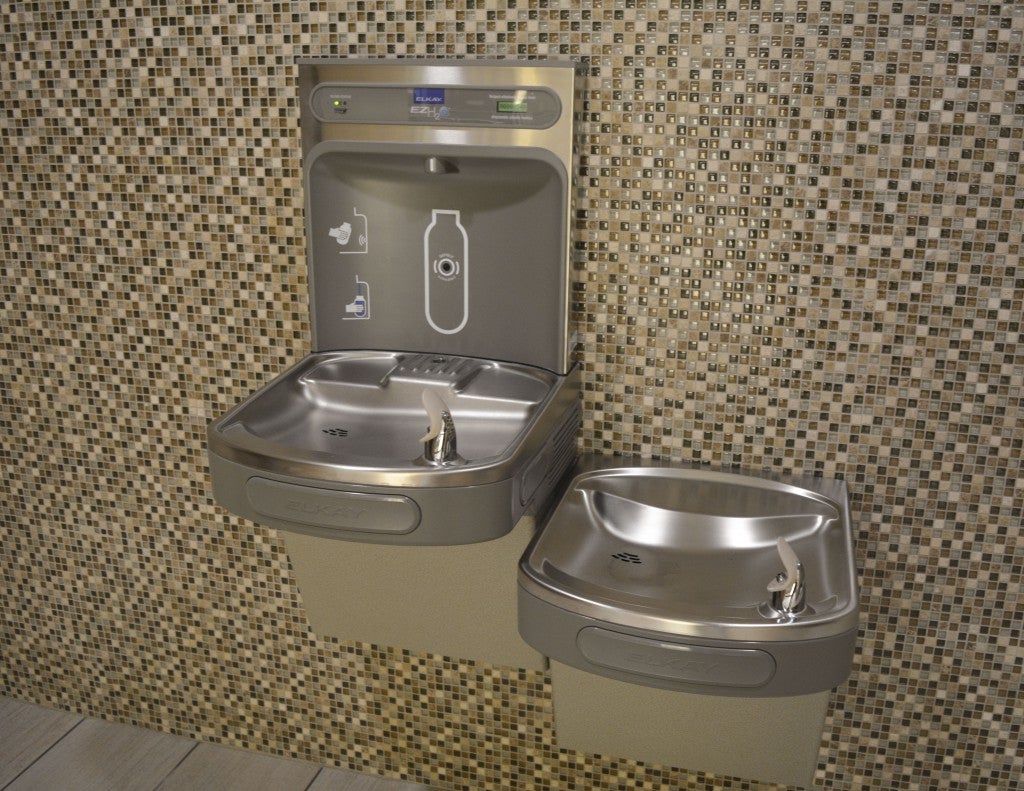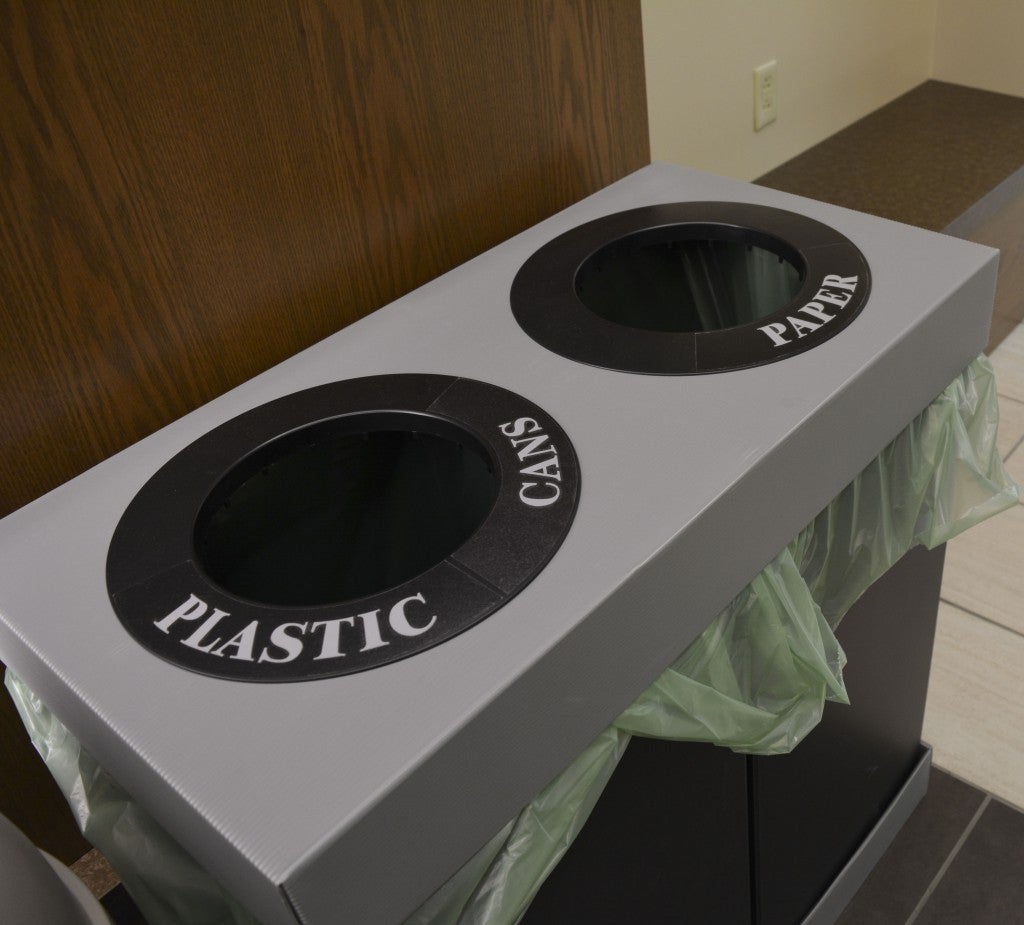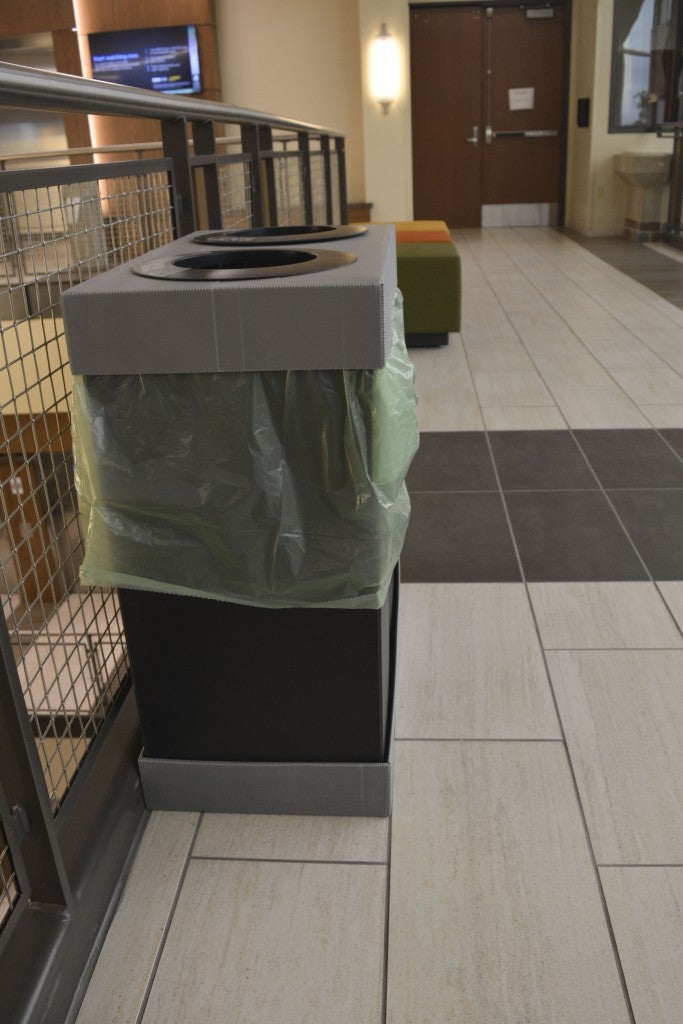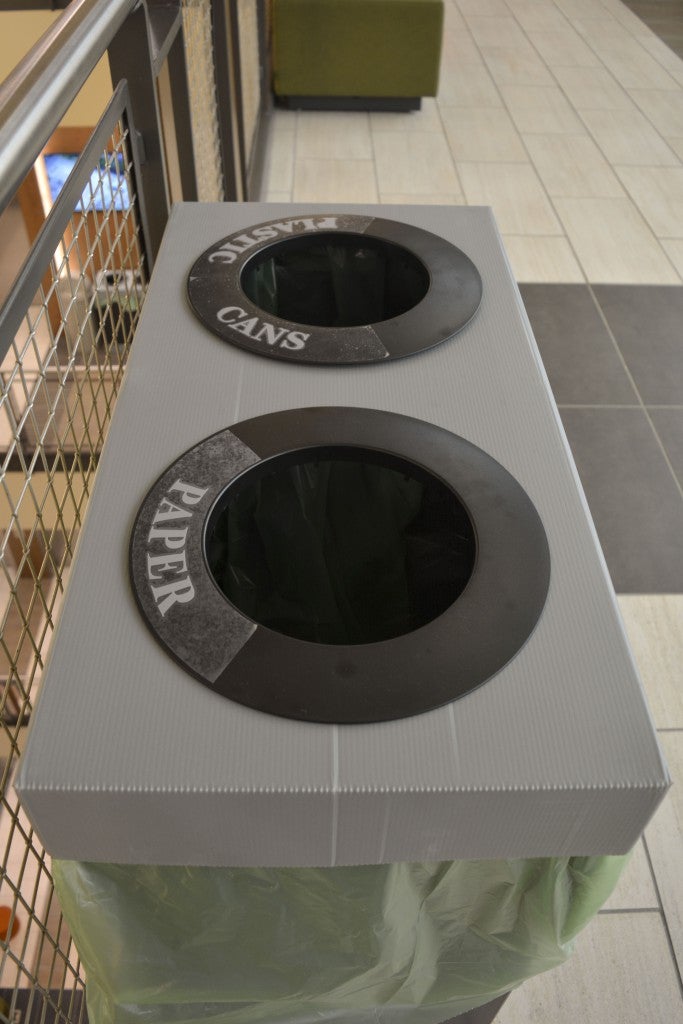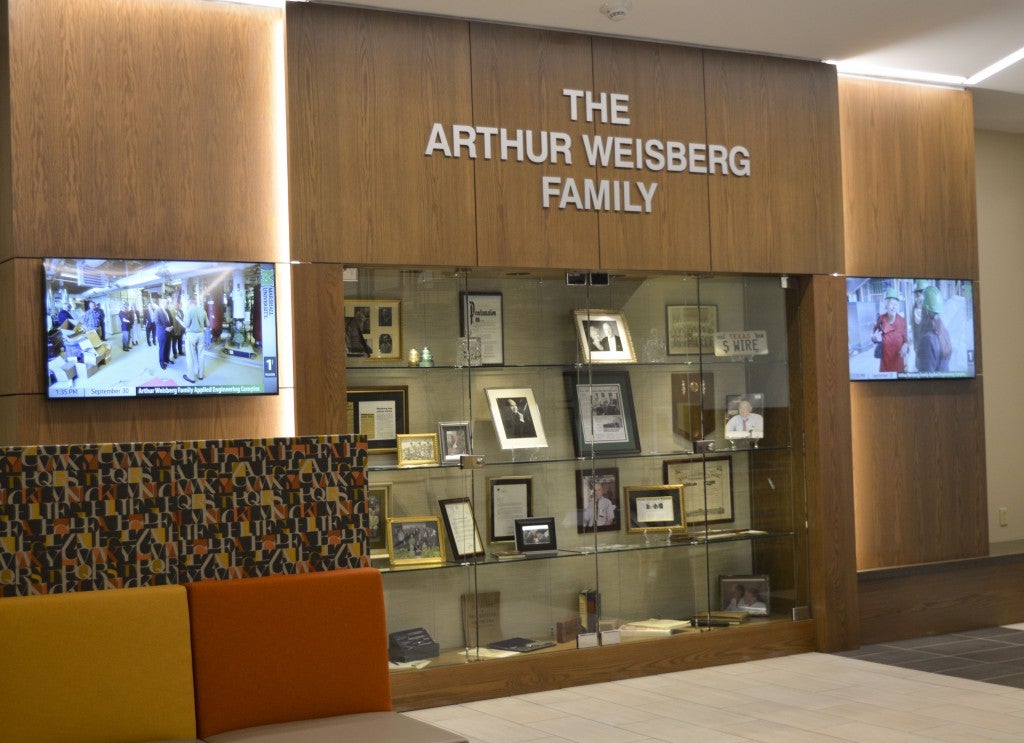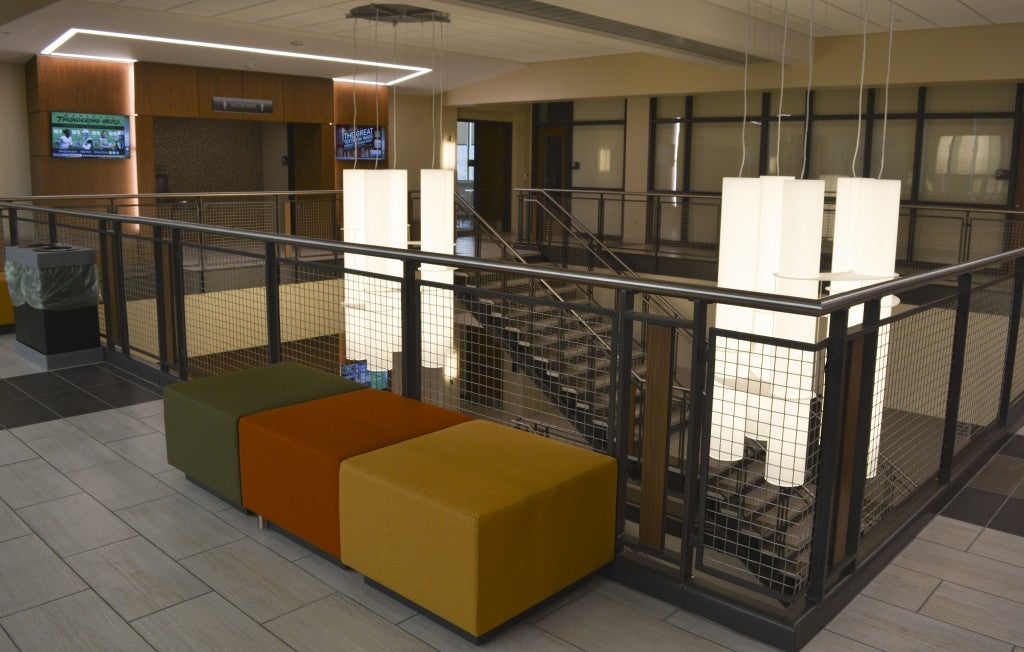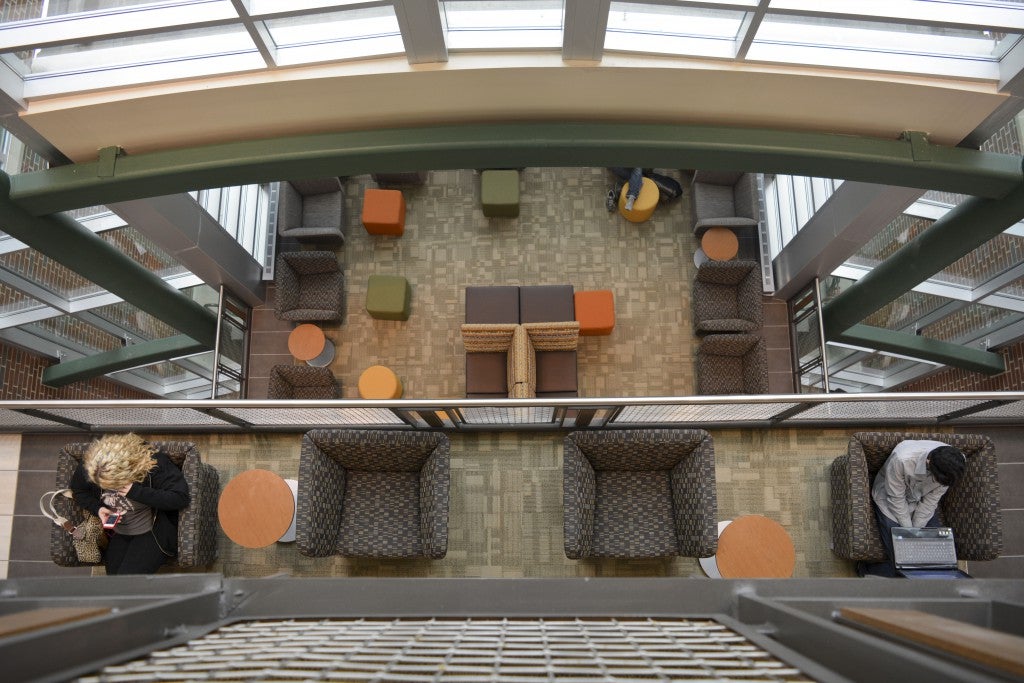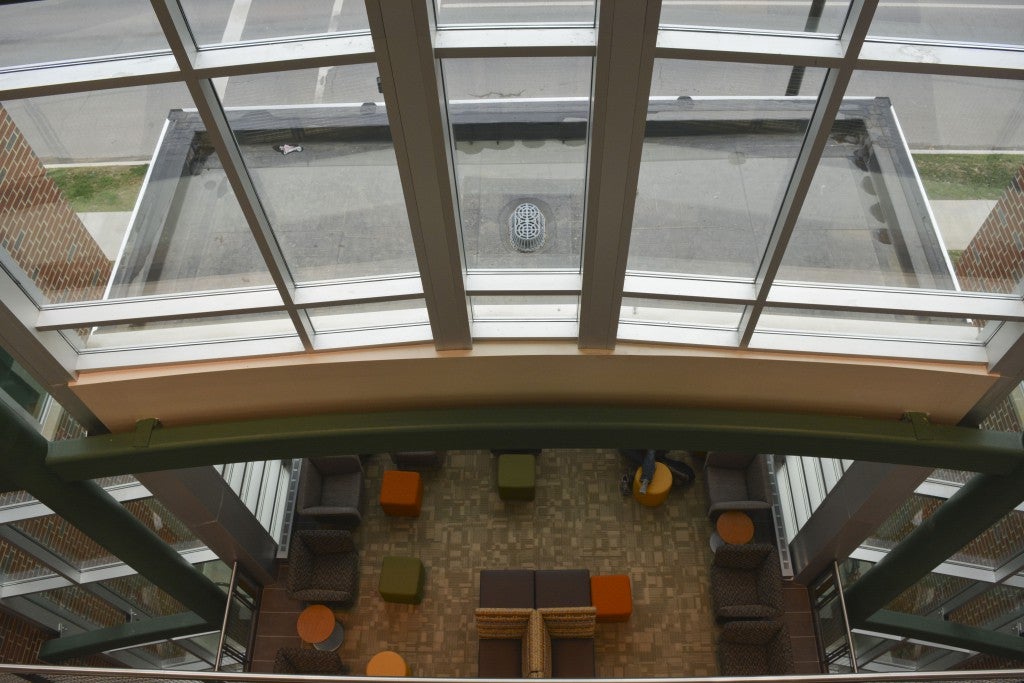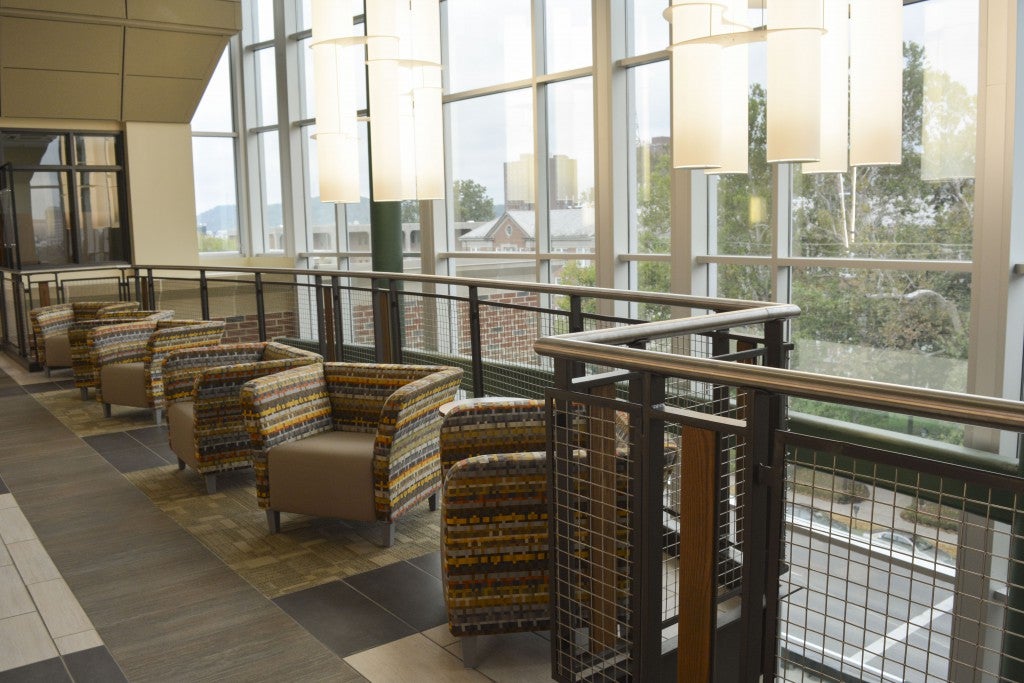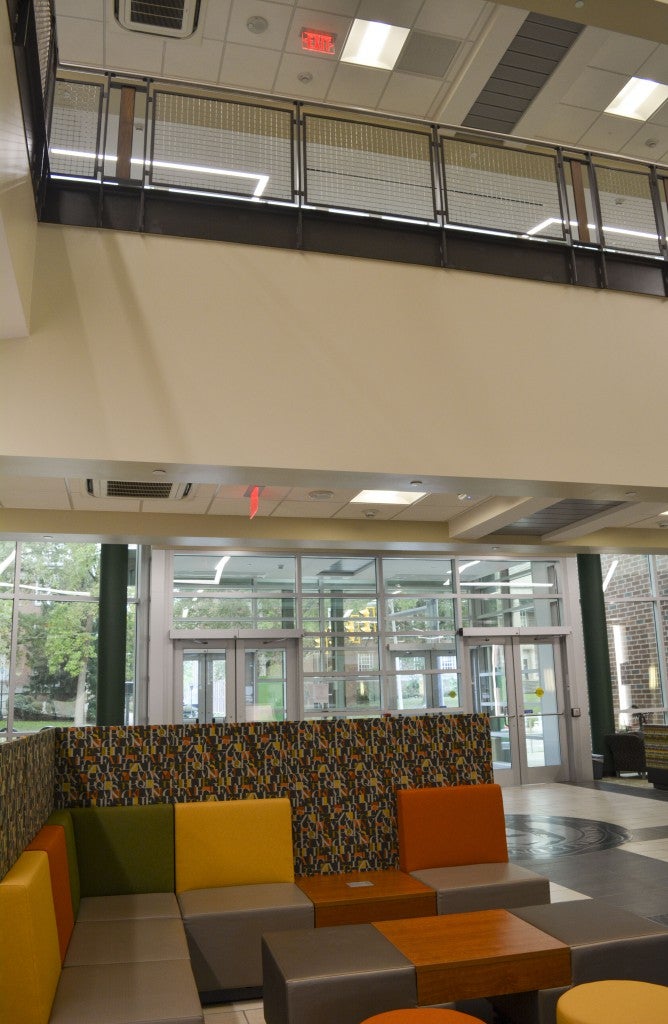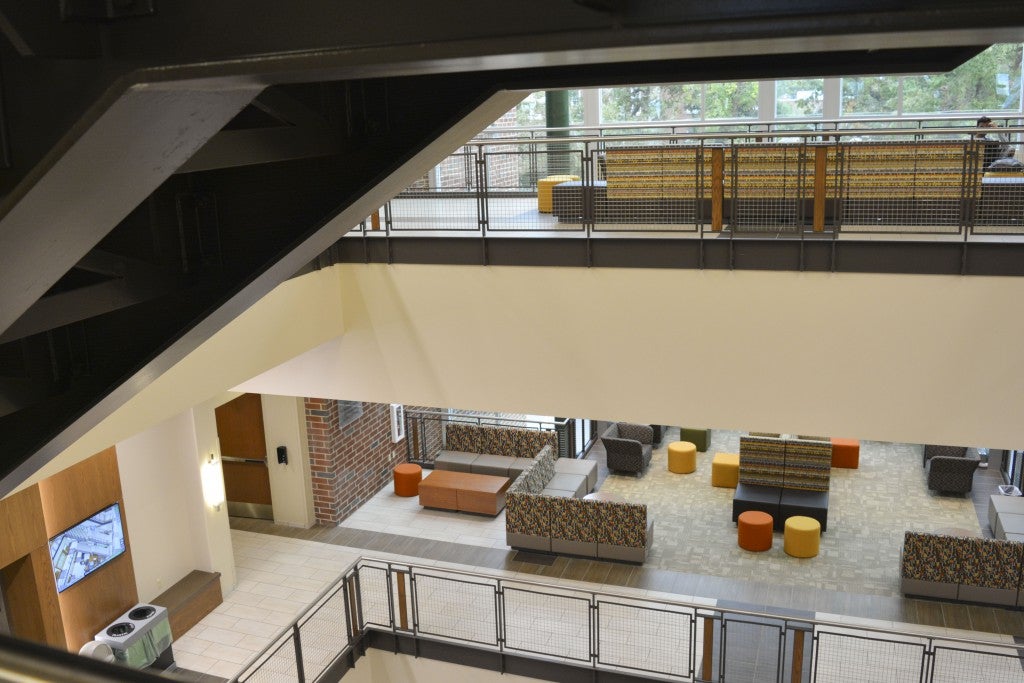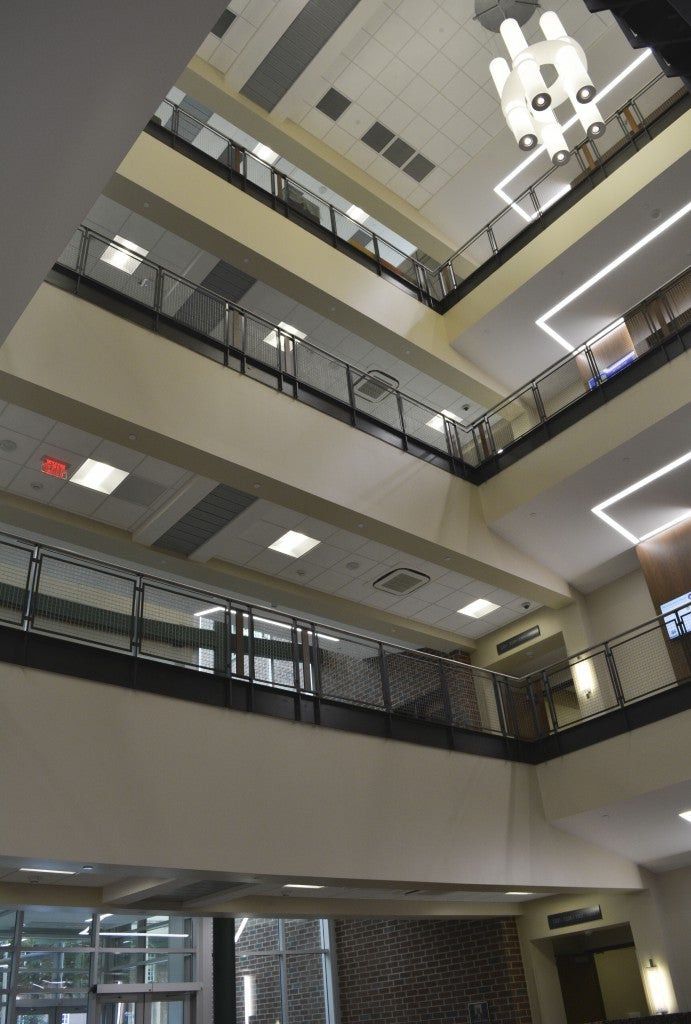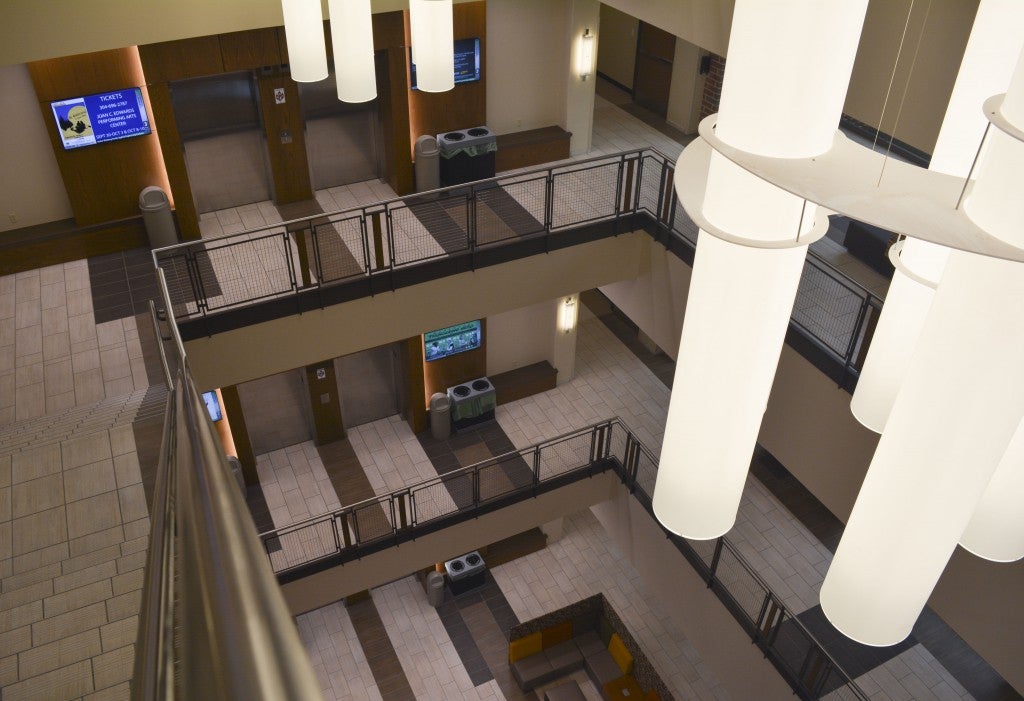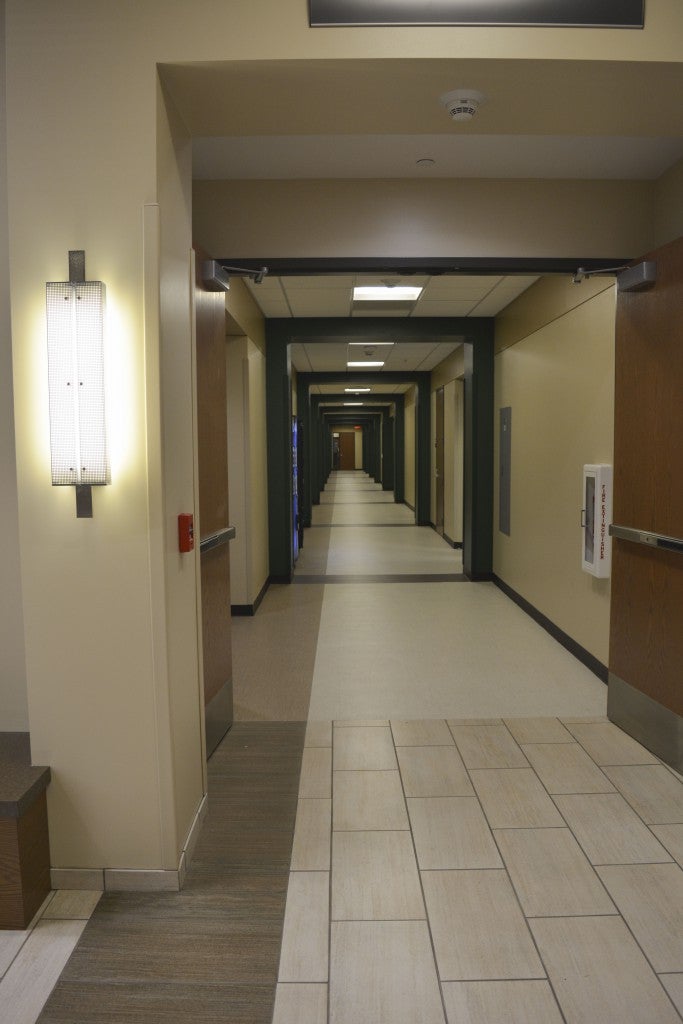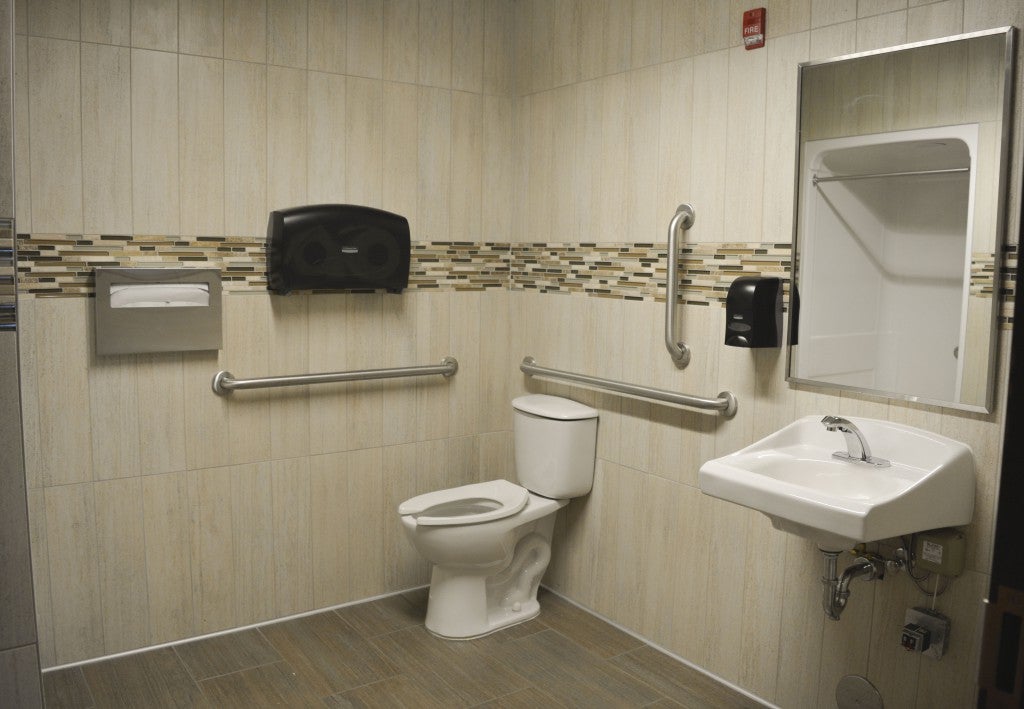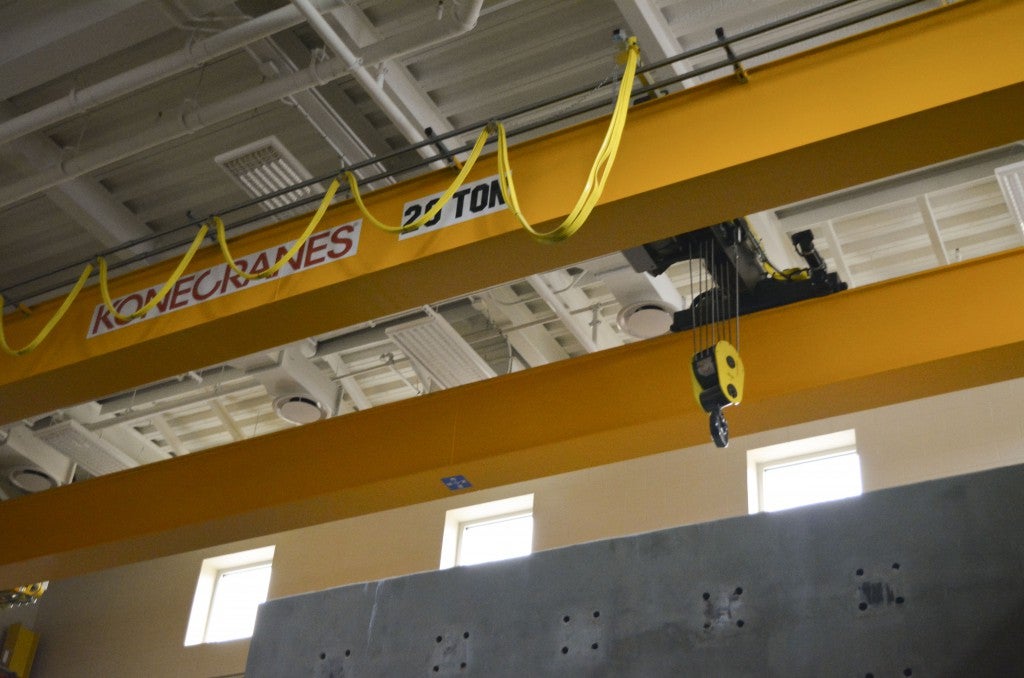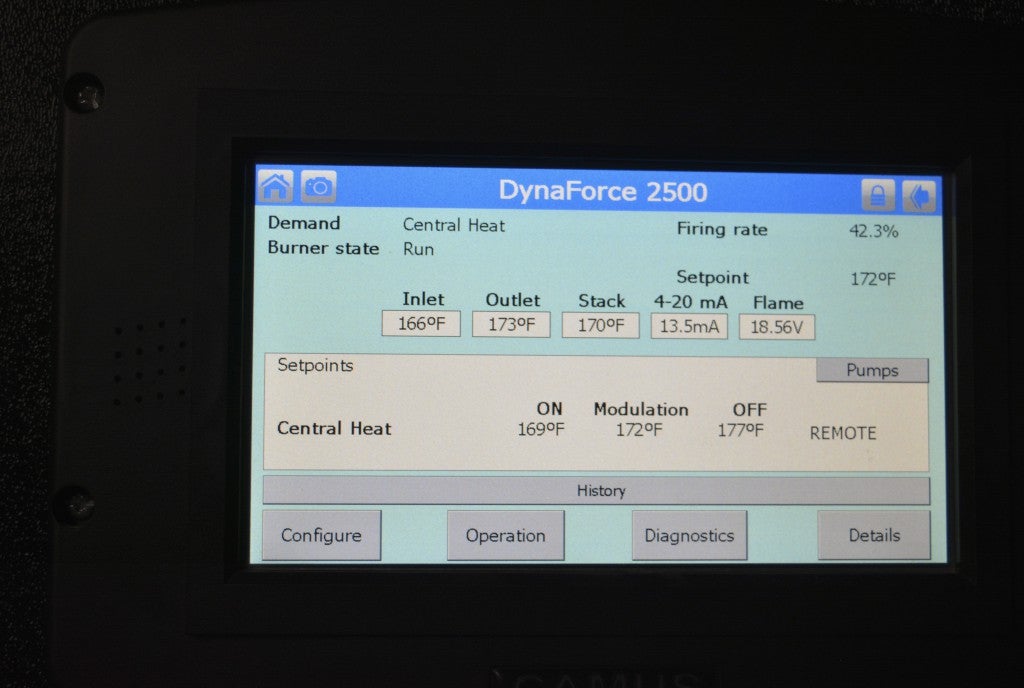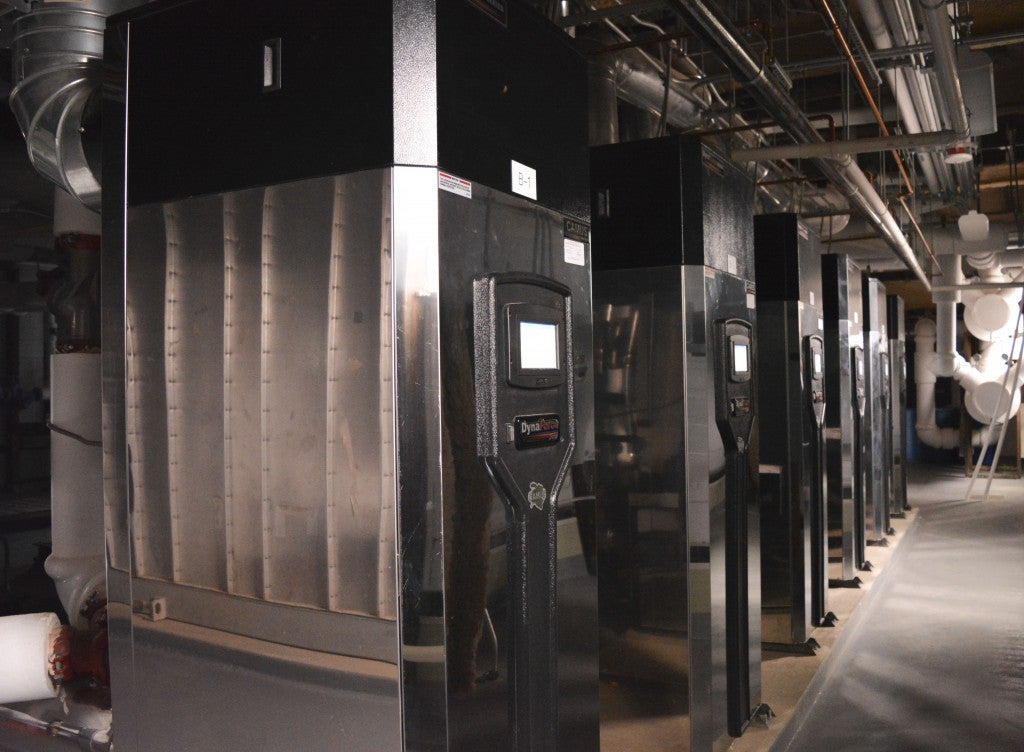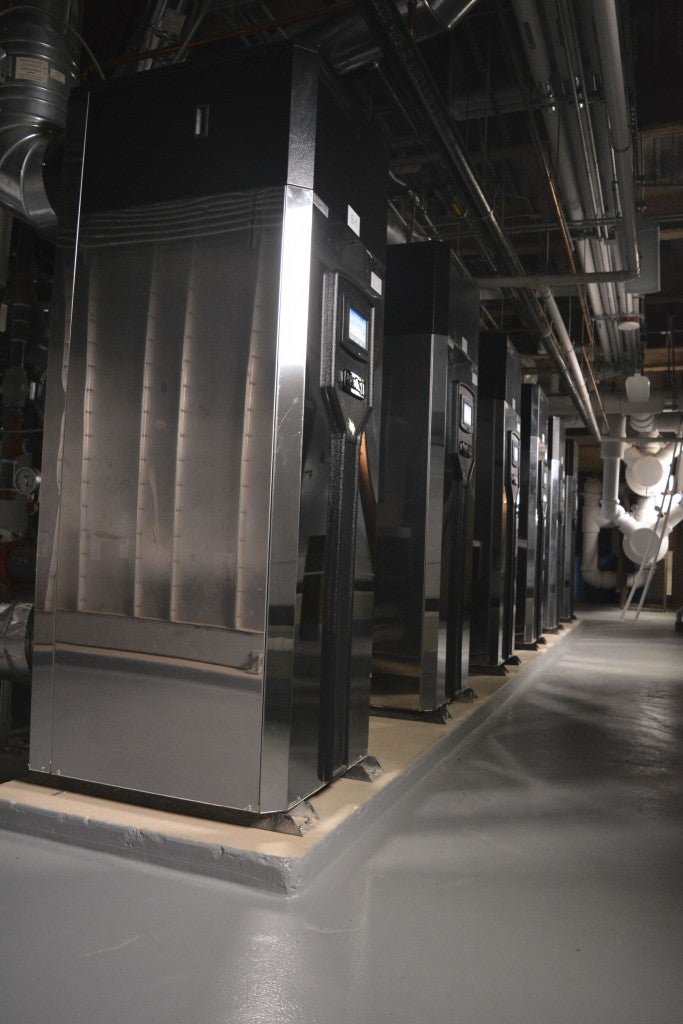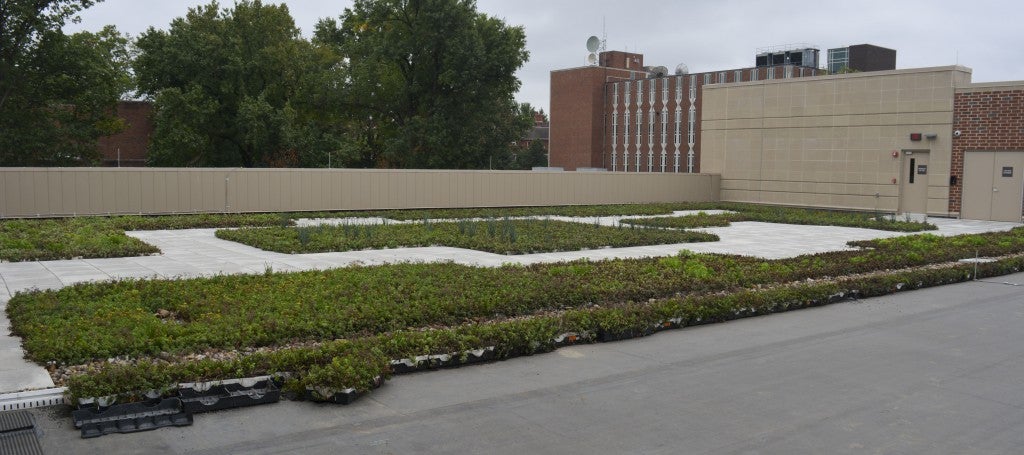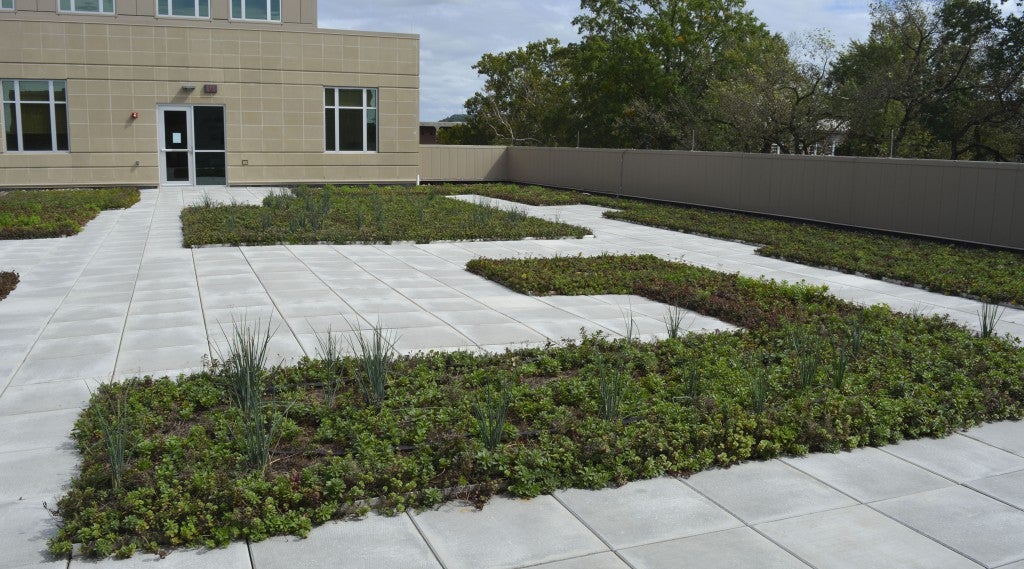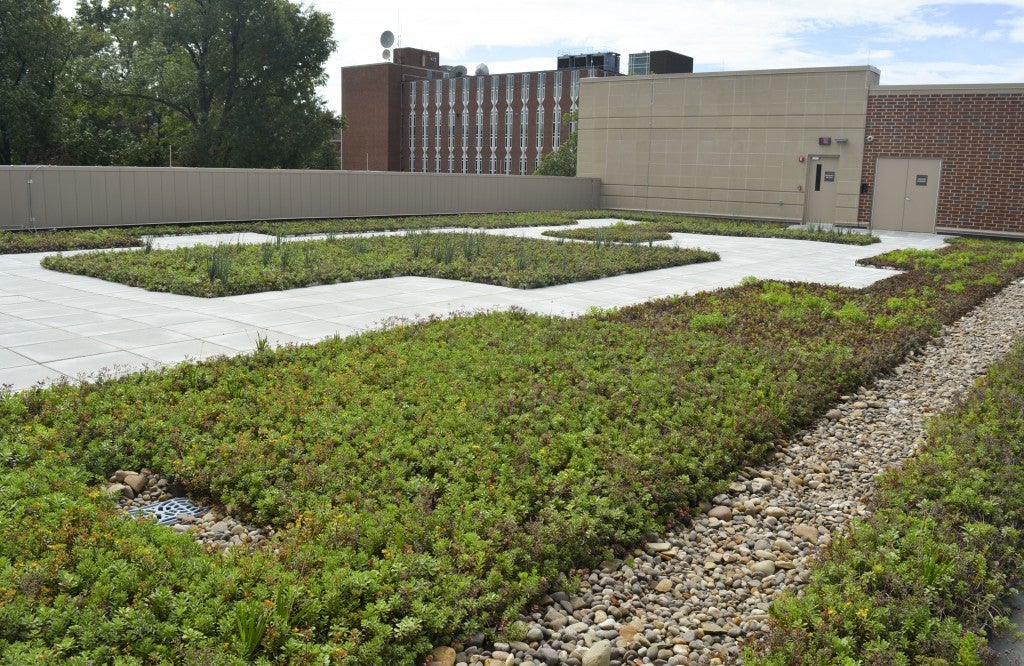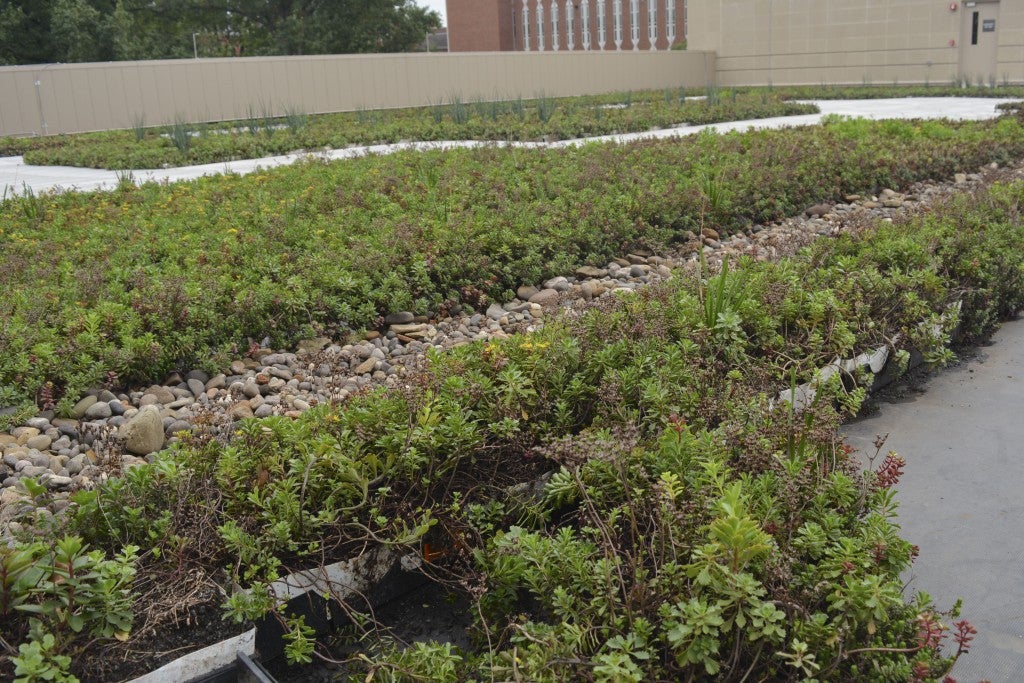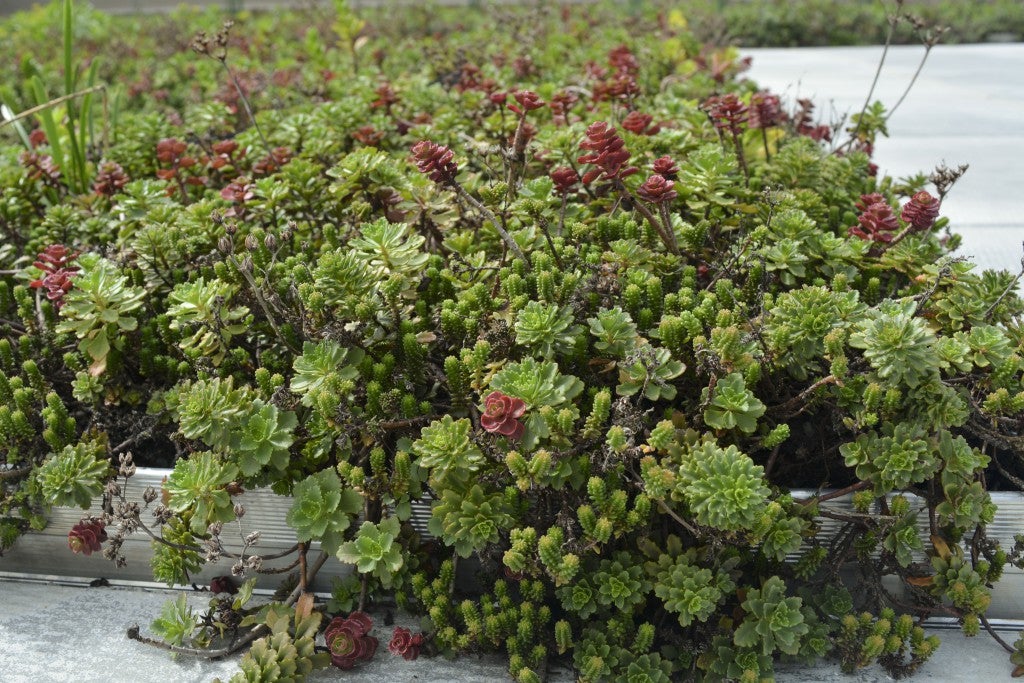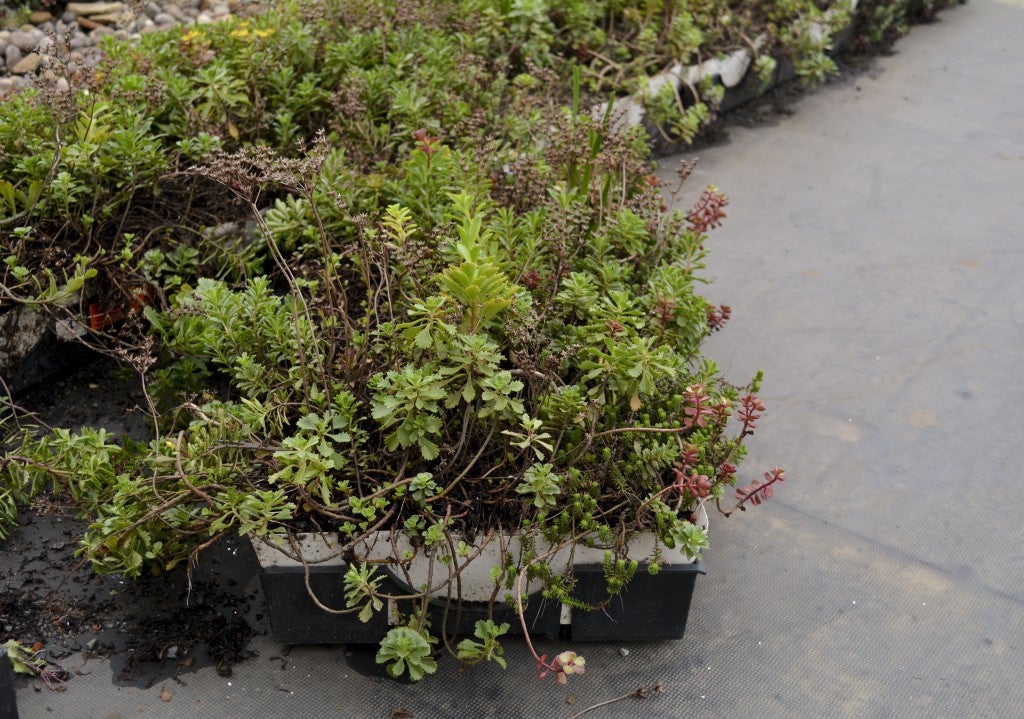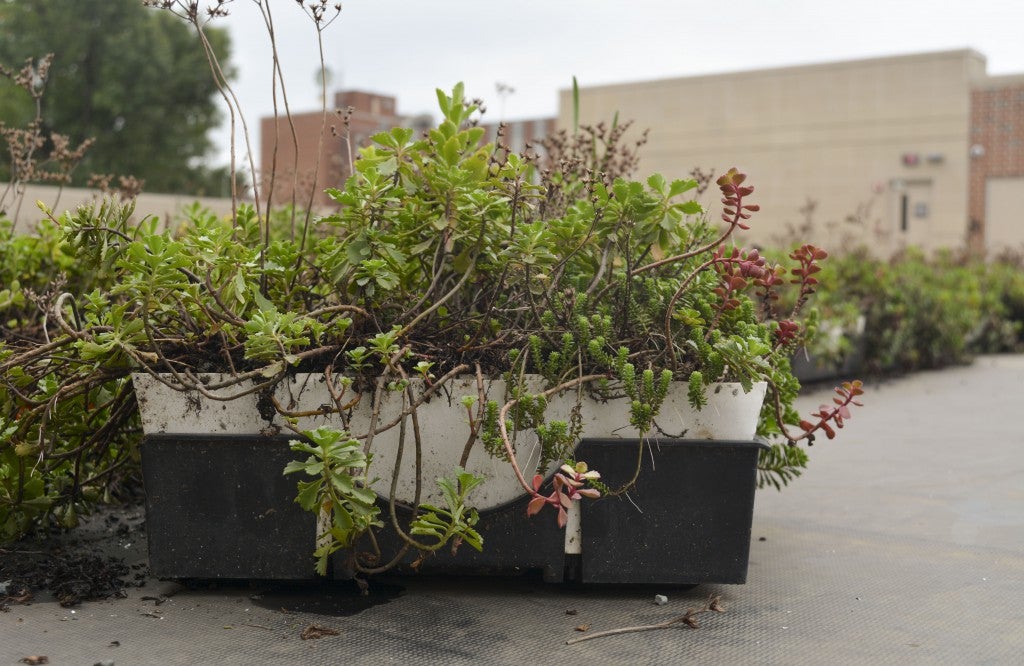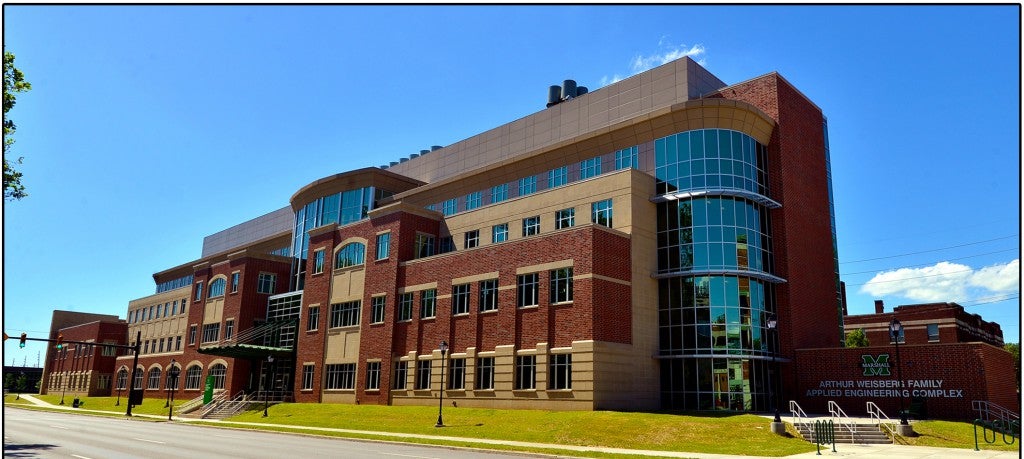 The Arthur Weisberg Family Applied Engineering Complex (AEC), a 152,000 sqFt facility, is located on Third Avenue west of the existing Robert C. Byrd Biotechnololgy Center and north of the Science Building. It houses six different academic and research programs that included the College of Information Technology, Engineering,
The Arthur Weisberg Family Applied Engineering Complex (AEC), a 152,000 sqFt facility, is located on Third Avenue west of the existing Robert C. Byrd Biotechnololgy Center and north of the Science Building. It houses six different academic and research programs that included the College of Information Technology, Engineering, 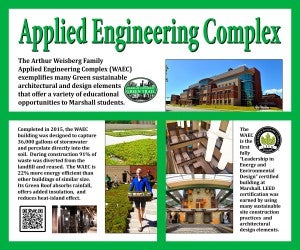 Mathematics & Computational Science, Computer Modeling & Digital Imaging, Transportation Research Corporation and the Marshall University Research Corporation (MURC). Laboratory functions include traditional wet bench biological sciences, dry technology development laboratories and applied engineering laboratories such as high-bay advanced materials testing.
Mathematics & Computational Science, Computer Modeling & Digital Imaging, Transportation Research Corporation and the Marshall University Research Corporation (MURC). Laboratory functions include traditional wet bench biological sciences, dry technology development laboratories and applied engineering laboratories such as high-bay advanced materials testing.
The four story facility is organized to promote collaboration between the university’s colleges and research corporations. A central four-story atrium serves as a window into the building. The complex’s scale and the materials of brick and cast stone are consistent with adjacent campus architecture.
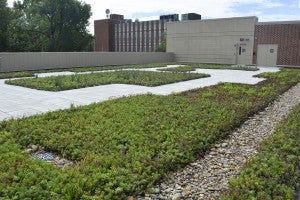 The project is pursuing LEED Silver certification via sustainable features as teaching tools. Stormwater collected from roofs will be used for teaching and research projects and will also be recycled for one of the restrooms in the building. A Green Roof above the Advanced Material and Testing laboratory will reduce the amount of stormwater discharged while providing an opportunity to study the ecological effects of stormwater and associated plantings.
The project is pursuing LEED Silver certification via sustainable features as teaching tools. Stormwater collected from roofs will be used for teaching and research projects and will also be recycled for one of the restrooms in the building. A Green Roof above the Advanced Material and Testing laboratory will reduce the amount of stormwater discharged while providing an opportunity to study the ecological effects of stormwater and associated plantings.
The AEC facility is the first LEED building in the city of Huntington. The AEC facility was built with the intention of it being open and accessible to the public to demonstrate its concepts of sustainability that were incorporated early in the design of the project.
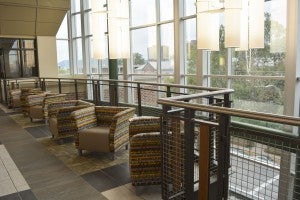 The following are the concepts that Marshall University viewed as priority for achieving LEED Silver certification:
The following are the concepts that Marshall University viewed as priority for achieving LEED Silver certification:
- Sustainable Sites
- Water Efficiency – Green Roof
- Energy and Atmosphere
- Materials and Resources
- Indoor Environmental Quality
- Innovation and Design Process
- Regional Priority Credits
Below are photos of the Arthur Weisberg Family Applied Engineering Complex, with informative captions.
